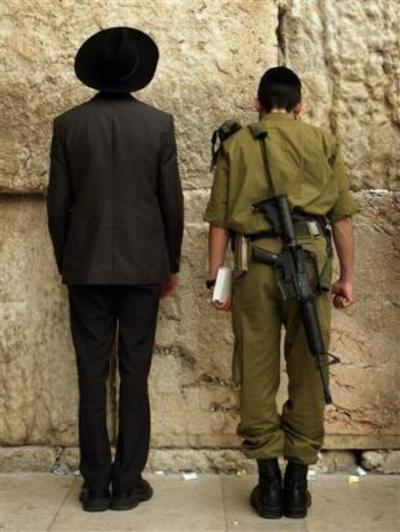In light of my previous post on the Ramchal’s simchat Torah service, I thought I would start a series of post regarding the entire service the Ramchal innovated for the evening hakafot.
What we have left from the Ramchal is mostly his later writings. The vast majority of his most original and profound work was lost to us due the Herem of the Rabbis of Venice who succeeded in driving his esoteric and eschatological writings out of the public eye. One of the works which is lost to us is a “sefer tehilim” that the Ramchal composed in biblical Hebrew. We are lucky however that several chapters of this work made their way into liturgical writings which survived the ban. Out of the 150 chapters, only about 13 have survived and the Ramchal’s simchat Torah liturgy preserves 7 chapters in their entirety. I would like to attempt a series of post which will analyze the Ramchal’s approach to simchat Torah in light of the liturgy which he composed.
I would like to start with the following supplication, composed by the ramchal for recitation after the evening service is complete:
The recurring theme in this prayer is the choseness of the Jewish people and our collective experience as a Divine nation. The prayer also focuses on the special relationship between the Jewish people and Hashem, accentuating how the relationship is stronger than the one between Hashem and the other nations of the world. Special emphasis is given to the special providence which the Jewish people merit in this world – even in the state of exile. The prayer seems to also be very cognizant of our current state of exile and its theological implications.
What is missing from this prayer (and from that matter from the entire service) is any mention of the Torah. The entire service is completely involved with the nation and its relationship with the Divine. Even the type of personal relationship with the Divine whose achievement is the central focus of Messilat Yesharim is almost completely missing from this liturgy.
It seems that to the Ramchal, the national celebration of the Torah must reflect our national nature. Further – The joy of the day must not be achieved through the external aspect of the Torah as a separate entity but rather as the celebration of the Jewish people as a “Torah nation”, a nation whose very national soul is identical with the spirit of the Torah.
In my mind, I try to imagine how the Ramchal would see the act of circling the bima holding sifrei Torah. I do not think that he would view the ritual as an act of the Jewish people showing respect to an external revelation but rather as a conflation of the sefer Torah with the Jewish people who together experience joy as they start to realize that they both represent the imprint of the infinite upon this coarse and finite world.
Hopefully, as we go through the 7 hakafot, we will find even greater clarity and insight into how the Ramchal saw the holiday as one of both national and eschatological significance.
Sunday, November 12, 2006
Ramchal - before the hakafot begin
Posted by chardal at 11/12/2006 08:45:00 PM
Labels: Ramchal, Simchat Torah
Subscribe to:
Post Comments (Atom)
